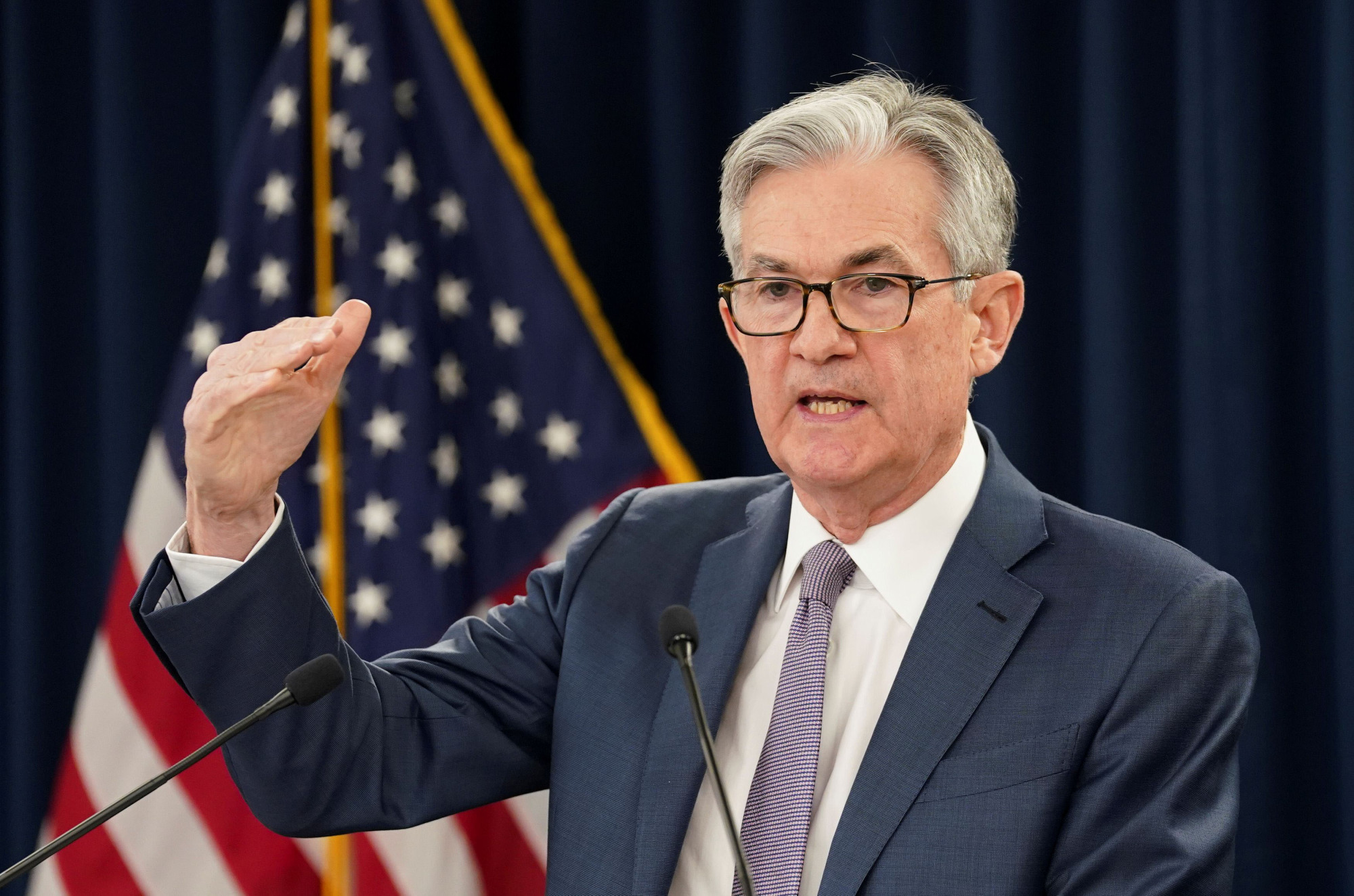The Sunday night action taken by six central banks will be looked back on as one of the biggest, multifaceted and coordinated monetary policy interventions in history. Its immediate aim is to avoid what was feared to be a messy market opening because of the flood of negative coronavirus news during the weekend. The risk is that the firing of so many bazookas at this particular stage ends up not just being premature for economic well-being but also for maintaining financial stability and perhaps for safeguarding the future effectiveness of modern central banking.
The U.S. Federal Reserve's efforts will dominate the headlines given its status as the world's most powerful central bank. In a "whatever it takes" policy approach, the Fed slashed interest rates to near zero, announced a $700 billion asset purchase program (quantitative easing) and, through coordination with the five other central banks, an enhancement of dollar-swap lines.
The need for such a huge central bank intervention relates to fear that further downward pressures on asset prices when the markets opened this week would not only fuel unsettling volatility but also create market malfunction, which could cause a negative spillover from the financial sector into the broader economy. It comes on the heels of what I believe is the critical mass reached over the weekend in the sudden-stop dynamics that have been gradually paralyzing the global economy:


















With your current subscription plan you can comment on stories. However, before writing your first comment, please create a display name in the Profile section of your subscriber account page.